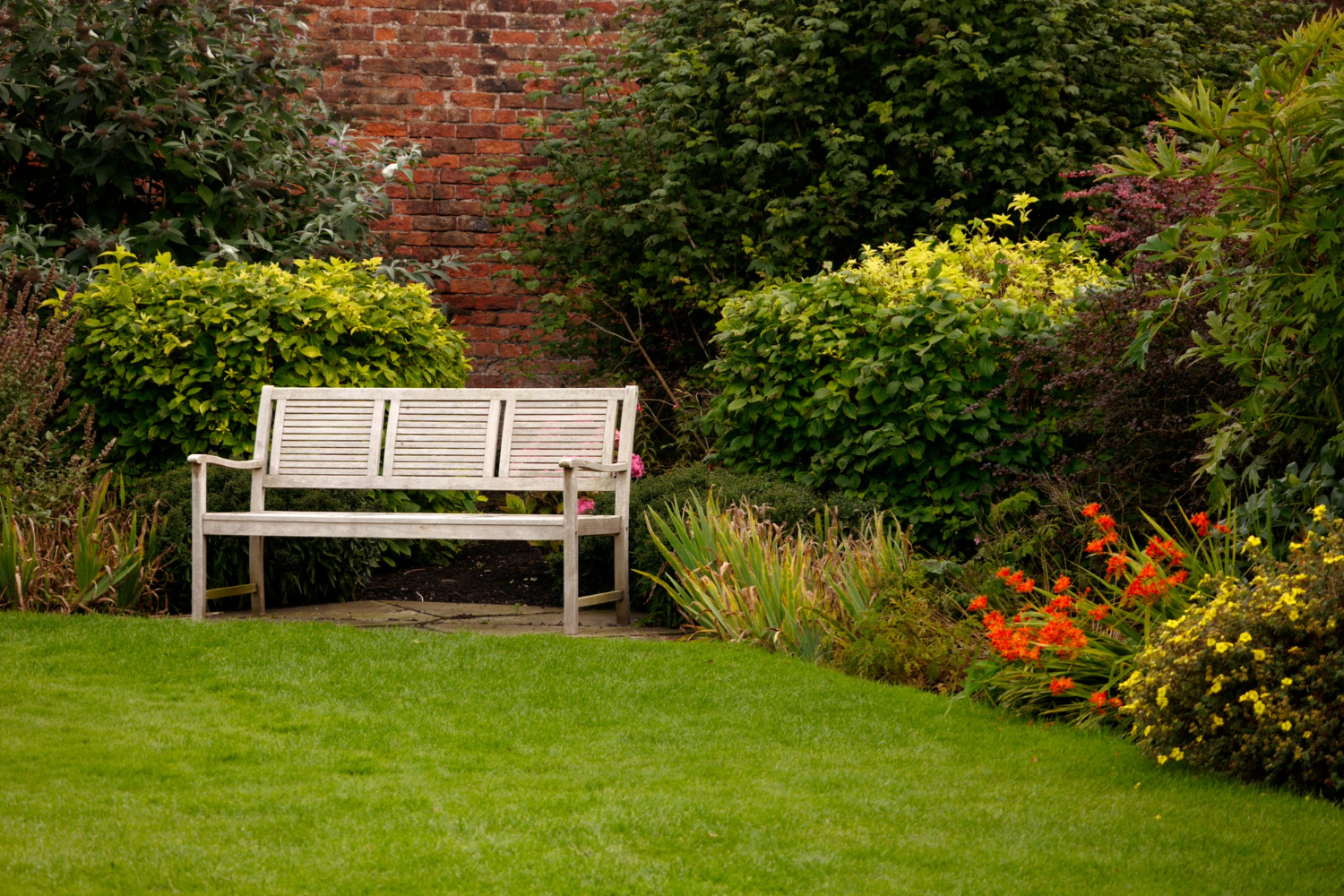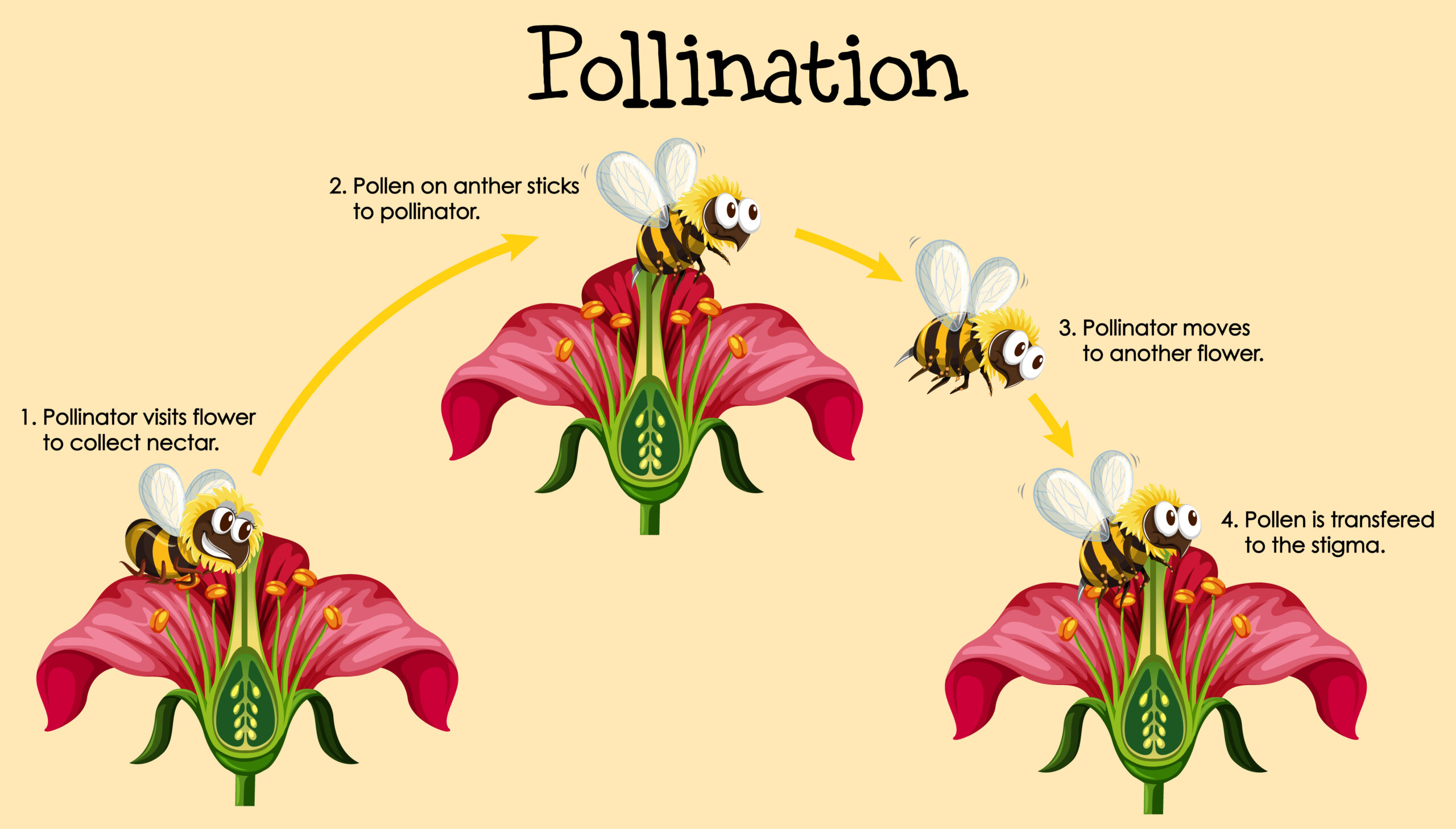You may think that pruning is just cutting off branches and stems, but it’s actually an art form that requires precision and skill. It’s like giving your garden a haircut, and just like with human hair, a bad cut can lead to disastrous results. But don’t worry, with the right knowledge and tools, you can master the art of pruning and keep your home garden healthy.
Pruning is not only about shaping your garden, but it also helps to promote growth, increase productivity, and prevent disease. It’s a crucial part of gardening maintenance that can make a huge difference in the appearance and health of your plants.
In this article, we’ll guide you through the benefits of pruning, when and what to prune, essential tools for pruning, techniques for proper pruning, and common mistakes to avoid.
So, get ready to learn the art of pruning and transform your garden into a beautiful and healthy oasis.
Understanding the Benefits of Pruning
Get ready to witness the incredible benefits of trimming back those overgrown branches and leaves in order to encourage growth and improve the overall appearance of your beloved green space.
Pruning is an essential part of maintaining a healthy garden, and it’s important to understand the benefits it brings. Different types of plants require different types of pruning, and the seasonal timing of the pruning also plays a significant role in the health of your plants.
One of the primary benefits of pruning is that it promotes new growth. When you trim back dead or damaged branches, it stimulates the plant to produce new shoots, which will eventually lead to new flowers or fruit.
Pruning also improves the overall structure of the plant, making it stronger and more resistant to pests and disease. Additionally, it can help to control the plant’s size and shape, creating a more aesthetically pleasing appearance.
By understanding the benefits of pruning, you can take an active role in keeping your garden healthy and thriving.
Identifying When and What to Prune
You can determine the most optimal time and method for pruning by carefully observing the growth patterns of your plants.
Pruning for aesthetics is best done in the dormant season, which is during the winter months, when plants are not actively growing. This is the perfect time to remove any dead or diseased branches, reshape the plant, and thin out any overgrowth. Pruning during the dormant season won’t harm the plant and will actually promote healthier growth in the spring.
Seasonal pruning schedules can also be used to keep your plants healthy and looking their best. For example, deciduous trees and shrubs should be pruned in the late winter or early spring, while they’re still dormant. This will promote new growth and produce a fuller, healthier plant.
Evergreen plants, on the other hand, should be pruned in the late summer or early fall, when they’re finished growing for the year. This will ensure that the plant isn’t damaged during the winter months and will allow it to grow vigorously in the spring.
By understanding when and what to prune, you can keep your home garden looking healthy and beautiful all year round.
Essential Tools for Pruning
Having the right tools is crucial for successful pruning, and while it may seem like an unnecessary expense, investing in quality equipment will save you time and money in the long run.
Pruning safety is also a significant concern, and using the proper tools can help prevent accidents and injuries.
The essential tools for pruning include pruning shears, loppers, pruning saws, and hedge trimmers.
Pruning shears are ideal for pruning small branches up to 1/2 inch in diameter, while loppers are used for larger branches up to 2 inches in diameter.
Pruning saws are necessary for thicker branches, and hedge trimmers are used to shape and maintain hedges and shrubs.
When shopping for cost-effective tools, look for those with high-quality blades and comfortable handles.
Remember to keep your tools clean and sharp to ensure they work correctly and last longer.
Techniques for Proper Pruning
Proper pruning techniques are essential to maintain the health and appearance of your plants, so it’s crucial to learn the right way to prune.
Pruning for aesthetics involves removing any dead, damaged, or diseased branches, as well as shaping the plant to enhance its natural beauty. When pruning for growth control, it’s important to consider the size and shape of the plant, as well as its growth habits. This will help you determine which branches to remove and how much to cut back.
One technique to use when pruning is called the three-cut method. This involves making two cuts on the branch, one closer to the trunk and one further out, before making a final cut to remove the branch completely. This prevents the branch from tearing or damaging the plant when it falls.
Another important technique is to prune at the right time of year. Some plants should be pruned in the winter, while others should be pruned in the spring or summer. By learning these techniques and understanding the needs of your plants, you can keep your home garden healthy and thriving.
Common Mistakes to Avoid while Pruning
Avoiding common mistakes during pruning is essential to ensure the health and beauty of your plants. While pruning techniques are essential to maintain the shape and size of your plants, it’s crucial to keep in mind that over-pruning can lead to stunted growth and disease. Therefore, it’s necessary to know the proper time and frequency of pruning for each plant species.
Additionally, it’s essential to take pruning safety precautions such as wearing gloves and using sharp and clean tools to prevent the spread of plant diseases. Another common mistake is pruning too close to the trunk or branch collar. The branch collar is the slightly raised region where a branch meets the trunk, and it contains specialized cells that help the plant heal properly.
By cutting too close to the trunk, you damage the branch collar and compromise the plant’s natural healing process. It’s also essential to prune branches at the correct angle to prevent water from collecting on the cut surface, which can lead to the growth of fungi and other harmful microorganisms.
By avoiding these common mistakes, you can ensure your plants stay healthy and vibrant for years to come.
Conclusion
Well done! You’ve learned the art of pruning and now your garden is thriving.
But let’s be real, who has time for all that pruning? I mean, who wants to spend their weekends snipping away at their plants when they could be binging their favorite show on Netflix?
But before you give up on the art of pruning, remember the benefits: healthier plants, better yields, and a more aesthetically pleasing garden. Plus, think of all the Instagram-worthy photos you’ll be able to take.
So, grab those essential pruning tools, put on some gloves, and channel your inner Edward Scissorhands. Your garden will thank you.
And if all else fails, there’s always the option of hiring a professional. Because let’s face it, sometimes it’s better to leave the pruning to the experts and enjoy a well-maintained garden without lifting a finger. Just don’t forget to give them credit when you post those photos on Instagram.
Happy pruning!









